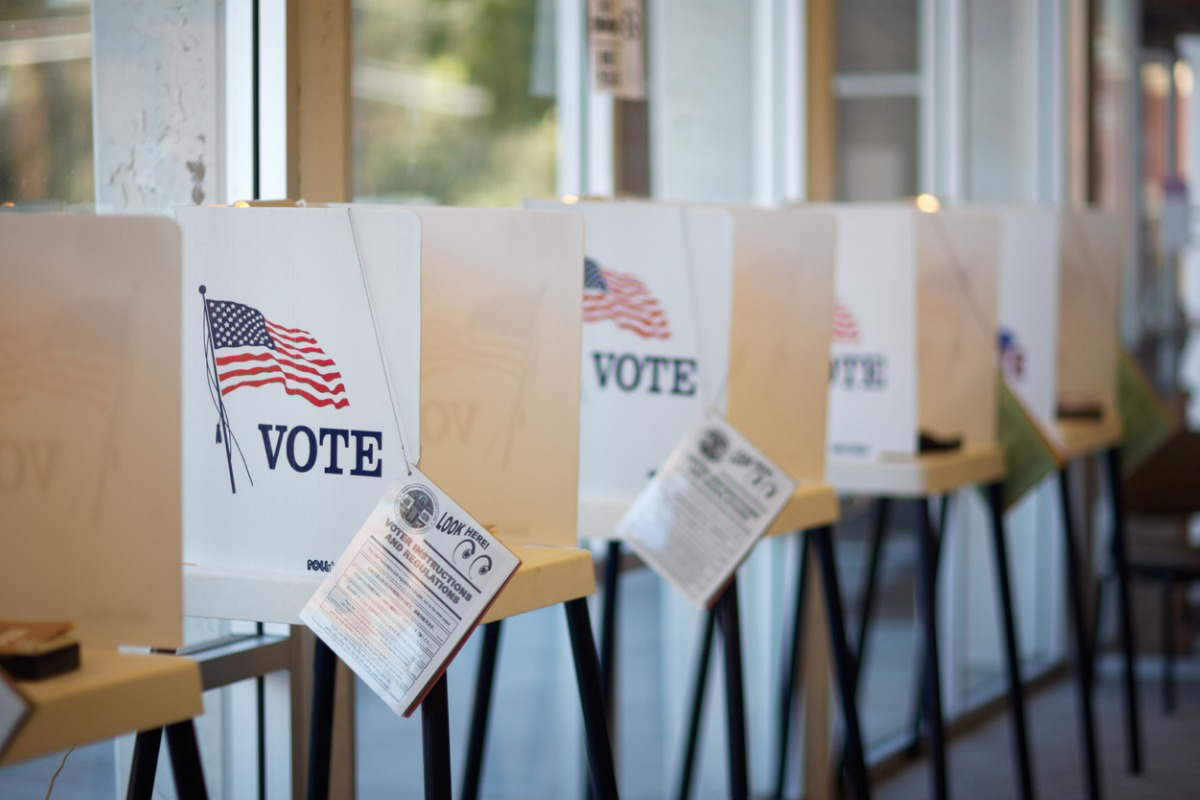A majority of California voters continue to say the state should spend more money on schools, new polling shows, reflecting the severity of chronic underfunding that has left California well below the national average in per-student spending. Additionally, a robust 64 percent of voters support the $15 billion school facilities bond measure on the March 3 ballot.
The results from 2,000 registered California voters detailed in “Californians and Public Education: Views from the 2020 PACE/USC Rossier Poll” finds that only 25 percent of voters said the state spends enough on schools, versus 56 percent who said more should be spent. Despite the appetite for further investment, 56 percent does mark a drop from 65 percent in 2018.
The latest poll results shared at the Feb. 7 Policy Analysis for California Education annual conference largely mirror other polling on the funding issue, including CSBA’s polling on Full and Fair FundingSM. A Full and Fair Funding ballot measure would generate $15 billion annually to support learning in the state’s K-12 public schools and community colleges and raise California from 38th nationally in school funding to the national average.
With just three weeks until the primary election, voters also seem committed to provide healthier and safer facilities that promote student learning and well-being. Only a quarter of voters said they oppose school facilities bond measure 13, known as the Public Preschool, K-12, and College Health and Safety Bond Act of 2020 (which has no relation to property taxes and doesn’t affect the Proposition 13 passed in 1978).
Among other notable poll results:
- When asked to indicate the importance of six major issues facing the state, voters ranked education third, behind “the economy and jobs” and “the amount we pay in taxes.”
- Voters ranked their top three issues facing California education the same as in 2019 — reducing gun violence in schools, making college more affordable and reducing teacher shortages.
- In ranking five priorities for educational spending, voters prioritize improving quality in K-12 education first, with 42 percent of all respondents ranking it a highest priority.
- 20 percent of California voters give the state’s schools an A (2 percent) or B (18 percent) grade, a steep decline from 2019 when 26 percent gave schools a grade of A (7 percent) or B (19 percent).
- The percentage of voters who would “definitely” or “probably” encourage a young person to become a teacher remains a majority (56 percent) but has decreased considerably since 2016 (71 percent).
- 75 percent of voters support increasing the salary for beginning teachers (17 percent oppose) and 74 percent support increasing salaries for all teachers (20 percent oppose).
‘We fall far short of where we need to be’
The state’s chronic underfunding of public education is also addressed in a one-year-later progress report to the Getting Down to Facts II research project called What’s Next for California Schools? The 2018 research project assessed the state of preK–12 education in California through a wide range of briefs and reports. The progress report was also released and highlighted at the PACE conference in downtown Sacramento.
In addition to examining California’s slow progress in narrowing its large achievement gaps and the need to bolster the Statewide System of Support, What’s Next emphasizes that funding levels remain well below the national average, by about $2,500 per pupil, according to the latest national comparisons. “Our adequate funding in this state is inadequate,” PACE Executive Director Heather Hough said in introducing the report. “We fall far short of where we need to be.”
And despite recent increases in Proposition 98 funding, the report’s authors reinforce the notion that a ballot measure such as Full and Fair Funding may be needed to deliver the resources that California’s 6.2 million public school students deserve. “Despite statutory language that sets the Proposition 98 funding level as the minimum guarantee, state policymakers have historically used the guarantee as their benchmark for ‘full funding,’” the report reads. “There is little reason to predict that they will adopt a significantly different approach despite a small augmentation to the Proposition 98 minimum guarantee in 2019–20.”
Despite this prognosis, the Full and Fair Funding coalition will continue to advocate for legislative solutions to the school funding crisis ahead of the November 2022 ballot for which the measure is now targeted.
The What’s Next report concludes that although there is much work to do, California is taking steps toward addressing some of the key issues identified by PACE and other research organizations, as well as CSBA and advocacy groups. “Most important seems to be building support for a meaningful increase to K-12 funding, beyond the cost-of-living approach contained in the Proposition 98 minimum guarantee,” the report concludes.




